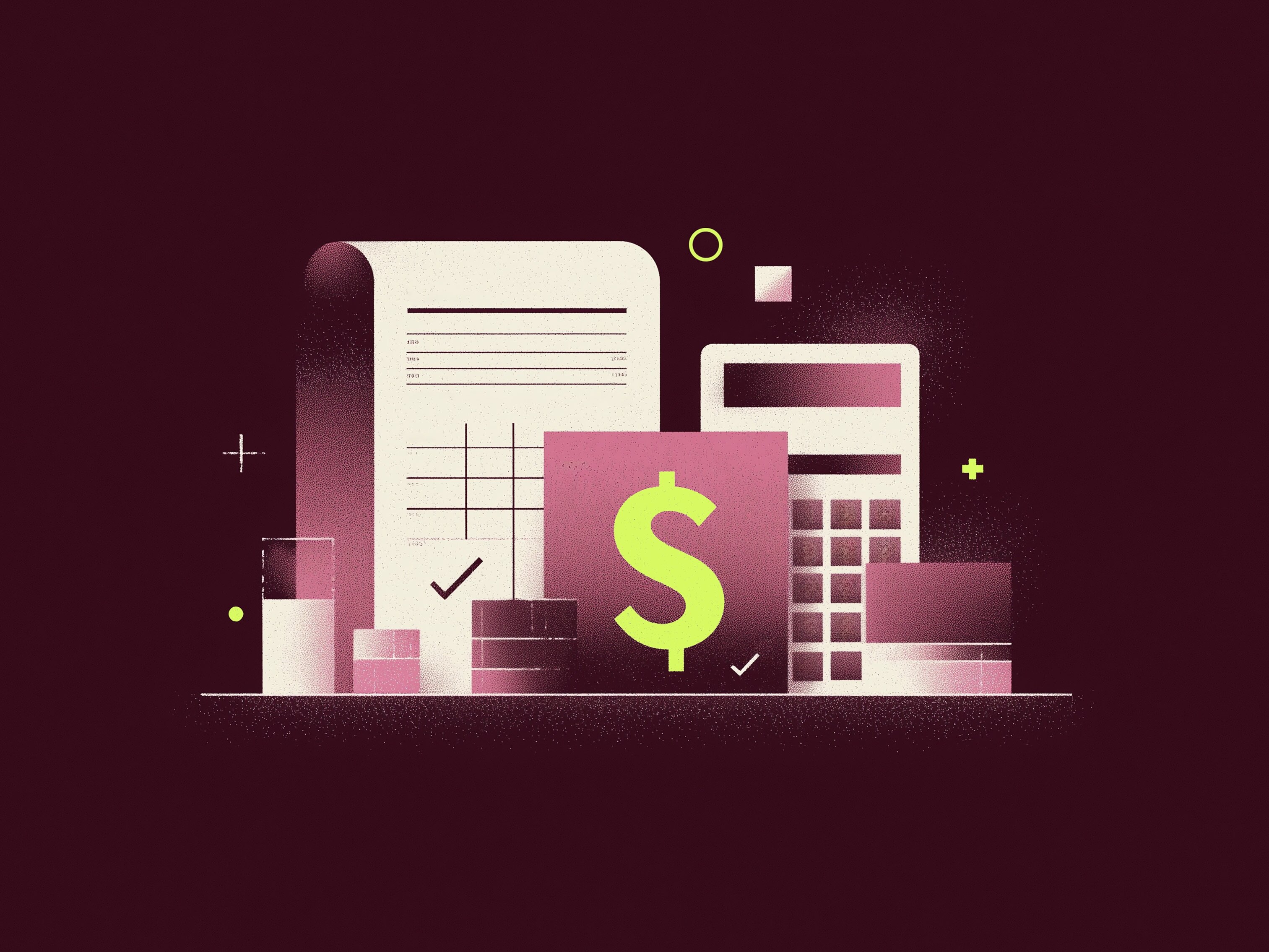Maybe it slipped your mind while the world was burning down, but ICYMI: Taxes are due on July 15th. And if this is your first year filing self-employment taxes, you may be feeling pretty overwhelmed at the idea of sifting through your receipts and filling out a bunch of forms.Deep breaths: It’s going to be okay.Even if you’re reading this a few days before the deadline, you can condense the steps below and still file in time. And if you really can’t get it together by July 15th, don’t panic. You can always file for an extension with the IRS. Follow this step-by-step checklist to get your taxes done—and hopefully minimize the amount you have to pay.
14 days before: Decide who’s going to do your taxes
Consider filing your own taxes if:
- Your tax return is simple: You have one source of income and few deductions. Most freelancers have more than one client and qualify for several deductions.
- You’re worried that it’s too close to the filing deadline to get an accountant to do it for you.
NEXT STEP: Download tax software
- You may qualify for one or more free online filing options, depending on your adjusted gross income (AGI) and the complexity of your return.
- If you don’t qualify for one of the free options, you’ll need to use a paid tax software. For people who need a lot of assistance, TurboTax Self-Employed allows you to speak one-on-one with a certified public accountant or an enrolled agent and ask questions before filing your return online.
Consider hiring an accountant if:
- You’re full-time freelance for one client or a contract worker with multiple clients and have business expenses. Your accountant will navigate your complex tax return and find every tax-reducing deduction possible. Plus, the tax preparation fee itself is tax-deductible.
- You don’t have time to do your taxes. According to the IRS, the average business taxpayer spent 19 hours preparing their own returns in 2018.
NEXT STEP: Find a tax professional
- Use the Directory of Federal Tax Return Preparers to find a tax professional in your area. The directory lets you search by location and also by credentials.
- Once you’ve found your pro, set up a time to drop off your documents (or send them electronically) within the next few days.
12 days before: Gather your paperwork
Collect the following documents that detail your income and expenses:Income documents: 1099s
- A 1099-MISC records how much a person or a company paid you as a contractor. Every client that paid you more than $600 in 2019 should provide you with a 1099-MISC. If you didn’t get one from a client, don’t worry: You don’t need a physical copy to do your taxes. You just need to know how much money you made from each client last year; you’ll then share those amounts with the IRS when you file.
Expense documents: Receipts or credit card statements
A tax deduction reduces your taxable income, which, in turn, reduces the amount of tax you pay. A tax professional can determine which deductions you should claim. If you’re filing independently, here are four common categories of deductions you might take for your business.
- Travel costs for going to job sites.
- Home-office costs. Deduct a portion of your rent or mortgage interest and real estate taxes, as well as utilities.
- Education expenses. Deduct some or all of the cost of classes and certifications that are relevant for your work.
- Equipment and supplies. Deduct all or part of the cost of the tools you use to run your business.
Susan Lee, Enrolled Agent and Certified Financial Planner Professional has compiled a comprehensive list of deductions for self-employed workers.
8 days before: Do your taxes and send them to the IRS
If you’re doing it yourself:
- Wingspan’s new bookkeeping feature connects to your bank accounts to show you a real-time profit and loss statement. It flags possible tax deductions, making tax time less painful. Sign up for a 30-day Wingspan free trial.
- Use tax software to complete your return.
- The software will submit your return directly to the federal and state governments through IRS’s e-File option. Download your tax returns, and save it for three years.
If you’re using an accountant:
- Review your tax return within your accountant.
- Your accountant will file your tax return electronically.
If you owe taxes: Pay with one of the methods recommended by the IRS.

One week after: Plan for next year
Now that you’ve slayed this tax beast, get ahead to save time, money, and headaches the next time tax season comes around.
- Consider paying estimated quarterly taxes. Paying quarterly taxes saves you from the shock of a big year-end tax bill, and it will help you avoid a penalty. Here’s the updated 2020 schedule for quarterly tax payments.
- Claim every deduction and keep an eye on your profit and loss statement. With Wingspan’s new bookkeeping feature, AI does it automatically, so you always have a real-time picture of your business’s health.
Sign up for a 30-day Wingspan free trial and never miss another tax deadline.
You Might Also Like:
How to Cope with Financial Anxiety


.jpg)

